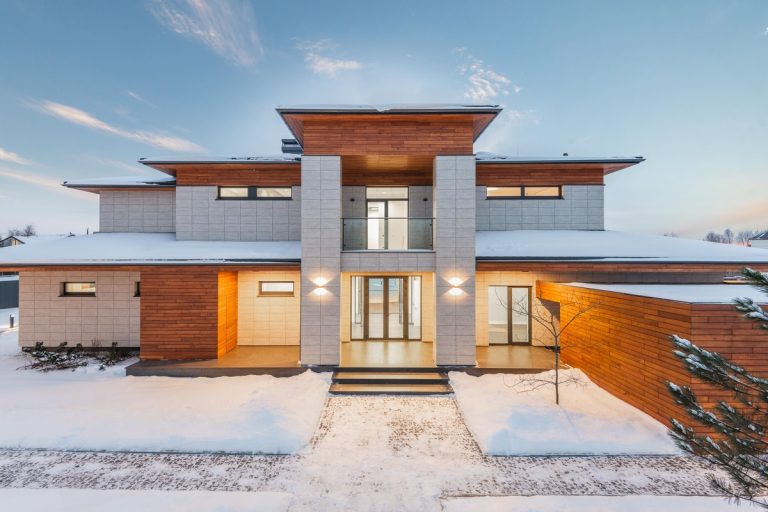Protecting your home from winter weather damage is essential as temperatures drop and the weather becomes more unpredictable. From snow and ice to high winds, there are several ways that winter weather can cause problems for your home. But don’t worry. You can also do several things to prevent winter weather damage to your home. Keep reading to learn more.
Snow and Ice
One of the most common ways winter weather can damage your home is through snow and ice buildup. Average temperatures during winter can reach 33 Fahrenheit, enough to freeze water over time and lead to ice accumulating on your roof.
When snow or ice accumulates on your roof, it can cause the roof to collapse. It can also lead to leaks and water damage. Ice dams can also happen on your roof.
An ice dam is a wall of ice that forms at the edge of your roof when melting snow refreezes. Ice dams can cause water to back up under shingles and into your attic or upper floors, leading to water damage and mold growth. Clearing away any snow or ice accumulating on your roof is essential to prevent this damage. You should also ensure that your gutters are clear to drain any melted snow or ice.
High Winds
Another way that winter weather can damage your home is through high winds. High winds can cause tree limbs or debris to fall on your house, leading to roof damage or even broken windows. That’s why it’s important to trim any trees around your property, so there is less chance of limbs falling on your house during a windstorm. You should also secure any loose items around your property, so they don’t become projectiles in high winds.
Burst Pipes
One final way winter weather can damage your home is through burst pipes. When water freezes in pipes, it expands and can cause the pipe to burst. This can lead to severe water damage in your home. To prevent this type of damage, it’s important to insulate any exposed pipes in your home and allow a slow drip of water from faucets when temperatures are expected to dip below freezing.
There are some ways that winter weather can damage your home—but there are also several things you can do to prevent it. Additionally, you can do some insulation upgrades to prepare your home for the winter weather.
Insulation
If you want to reduce the chance of ice formation on your roof and pipes, you need to install proper insulation. There are several options for insulating your home, so it’s important to explore them carefully before you make a decision.
Spray Foam
One option is spray foam insulation, which fills any cracks or crevices in the walls of your house. This helps prevent air infiltration and protects your home from the cold winter weather. However, it can be difficult to install on your own, which is why many people hire a professional.
Fiberglass
Another option is fiberglass insulation, which comes in rolls or blankets that can be easily installed into walls and attic spaces. This is an excellent choice if you want to save on energy costs or need a quick fix for your home’s insulation. However, it can be challenging to install correctly and may not be as effective in protecting against cold weather as spray foam insulation.
Cellulose
Finally, cellulose insulation is another option to consider. This type of insulation can be blown into walls, making it a good choice if you need to upgrade your home’s insulation quickly and without needing to do too much work yourself. However, it may not provide as much protection against extreme cold temperatures or high winds as spray foam does.
Proper insulation can keep your home warm during the winter. If you want to improve your home’s heating further, consider installing a fireplace. It can be a great way to keep warm during the winter months, and it can also be used as an additional source of heat in case you lose power due to a storm or other emergency. You can also use it as a form of central heating. Install fans or vents to circulate the heat around your house and keep it toasty warm all season long.
Ultimately, there are many different ways you can protect your home from winter weather damage. By investing in proper insulation and taking other steps to minimize problems like broken pipes or falling tree limbs, you can rest easy knowing that your home is protected during the cold months.




